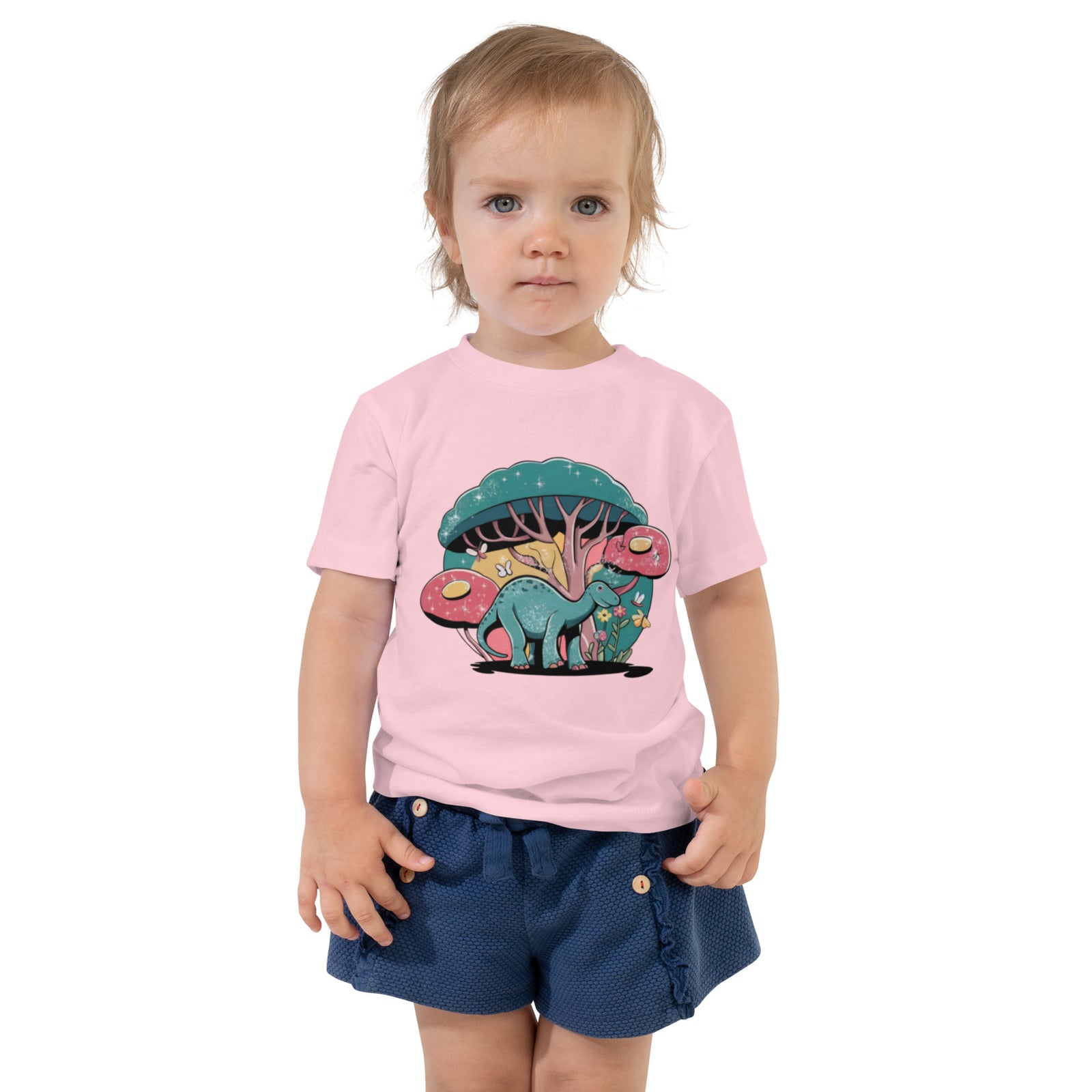Free Shipping On Orders over $75
Free Shipping On Orders over $75
Women's
Men's
Kids
Baby/Toddler
Accessories
Antarctosaurus: The Giant Herbivore of Ancient Antarctica
July 24, 2024 2 min read

(AI Interpretation)
Discovering the Antarctosaurus: A Majestic Titan of Antarctica
Dinosaur Facts:
- Dinosaur Type: Sauropod
- Period: Late Cretaceous
- Diet: Herbivore
- Length: Approximately 20-25 meters (65-82 feet)
- Height: Roughly 5-8 meters (16-26 feet) at the head
- Weight: Estimated up to 70 tons
- Notable Features: Long neck, massive body, and thick legs with a relatively small head for its size
Antarctosaurus for Kids
Meet Antarctosaurus!
Imagine a dinosaur so big that it could look you in the eye without even bending down! That's Antarctosaurus, a giant dinosaur that roamed the ancient landscapes of Antarctica during the Late Cretaceous period.
What did Antarctosaurus look like?
Antarctosaurus was a massive sauropod, characterized by its long neck and tail. It had a bulky body, thick legs, and a relatively small head compared to its enormous frame.
What did Antarctosaurus eat?
As an herbivore, Antarctosaurus primarily fed on plants. Its long neck allowed it to reach high vegetation in trees, as well as low-lying shrubs.
In-Depth Look at the Antarctosaurus
Anatomy and Physical Features
The Antarctosaurus was equipped with a massive, barrel-shaped body supported by four strong legs. Its long neck was its most distinctive feature—allowing it to graze on high treetops. Sources: Ancient Origins, Live Science.
Behavior and Habitat
Antarctosaurus is believed to have lived in herds, which would provide safety in numbers against potential predators. Fossil evidence suggests that it thrived in a lush, forested environment, unlike the icy landscape we associate with Antarctica today.
Scientific Discovery and Research
The first fossils of Antarctosaurus were discovered in the late 20th century, revealing insights into its size and lifestyle. Ongoing research continues to shed light on its evolutionary significance within the sauropod family.
Social Behavior and Communication
As a peaceful herbivore, Antarctosaurus would have developed social structures within its herds. They likely communicated through low vocalizations and body language to maintain cohesion.
Antarctosaurus in Popular Culture
Although not as widely recognized as other dinosaurs, Antarctosaurus has made appearances in various documentaries and children's books, bringing awareness to its notable presence in prehistoric Antarctica.
Ongoing Research and Discoveries
As paleontologists continue to excavate and study fossils in polar regions, new discoveries about Antarctosaurus and its ecosystem are being made. These findings are crucial in understanding how dinosaurs adapted to varying climates.
Conclusion
The Antarctosaurus stands as a testament to the diversity of life that once flourished on our planet. Its impressive size and gentle herbivorous diet paint a vivid picture of a time when dinosaurs dominated, even in the most unexpected locations like Antarctica.





